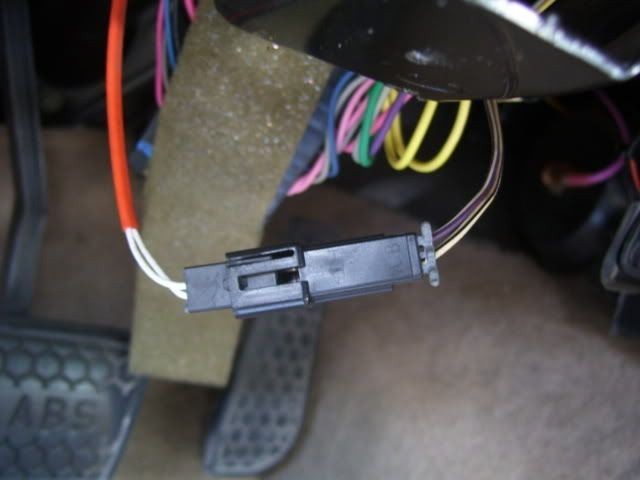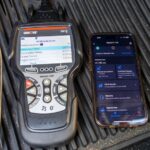For owners of the iconic 1994 Chevrolet Camaro, understanding its Vehicle Anti-Theft System (VATS) is crucial, especially when encountering starting issues. A common question that arises is whether a 1994 Camaro is OBD1 or OBD2. This model year falls squarely in the OBD1 category, which is important to note for diagnostic purposes. However, when it comes to the VATS, the OBD standard is less relevant than understanding how to bypass it if it’s causing trouble.
The VATS system on your 1994 Camaro is designed to prevent theft by disabling the fuel and starter systems if the correct key isn’t used. This system relies on a resistor embedded in your ignition key, which the car reads to authorize starting. Problems can occur when the VATS module malfunctions, the key resistor contact degrades, or wiring issues arise, leaving you stranded even with your correct key.
Fortunately, bypassing the VATS system on a 1994 Camaro is a manageable task for the DIY enthusiast. It involves tricking the VATS module into thinking the correct key is always present, effectively deactivating the security feature’s engine disabling aspects. This bypass centers around the resistor value of your original key.
To bypass the VATS, you’ll need to determine the correct resistance value. Ideally, you would measure the resistance of your working key’s pellet using a multimeter. If you don’t have a working key, you might have to experiment with different resistor values, but knowing the correct range significantly simplifies the process. GM used 15 different resistance values for VATS over the years, and thankfully, resources are available to help you figure out the right one.
Once you’ve determined the resistance value, you’ll need to acquire resistors that match. Often, achieving the precise resistance requires combining resistors in series or parallel. Refer to the table below for common VATS resistance values and resistor combinations to achieve them.
 VATS resistance values and the resistor combinations to match them.
VATS resistance values and the resistor combinations to match them.
With your resistors in hand, the next step is to locate the VATS wiring connector. This connector is typically found at the base of the steering column, under the dashboard. You’ll be looking for a connector with a pair of wires – usually white/black and purple/white – which are the VATS sensor wires.
 Unplug this connector and install resistors across the white/black and purple/white wires (leave the orange sheathed white wires disconnected).
Unplug this connector and install resistors across the white/black and purple/white wires (leave the orange sheathed white wires disconnected).
Here’s the bypass procedure:
- Locate the VATS Connector: Find the connector at the base of the steering column as described.
- Disconnect the Connector: Carefully unplug the VATS wiring connector.
- Install Resistors: Connect your chosen resistor or resistor combination across the purple/white and white/black wires leading to the car’s wiring harness (not the connector you unplugged). For testing, you can simply insert the resistor ends into the connector. For a permanent fix, soldering or crimp connectors are recommended for a reliable connection.
- Secure Connections: Ensure all connections are solid, tight, and well insulated to prevent shorts.
- Tidy Up: Neatly tuck the wiring and resistors away under the dash.
While physically getting under the dash can be a bit challenging, the VATS bypass itself is a straightforward process. By correctly implementing this resistor bypass, you can circumvent VATS-related starting issues in your 1994 Camaro, regardless of its OBD1 system. This ensures your classic ride remains reliable and enjoyable. Remember to consult repair manuals and online resources specific to the 1994 Camaro for detailed wiring diagrams and connector locations if needed.
